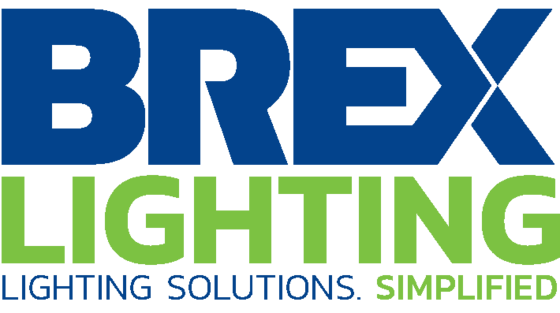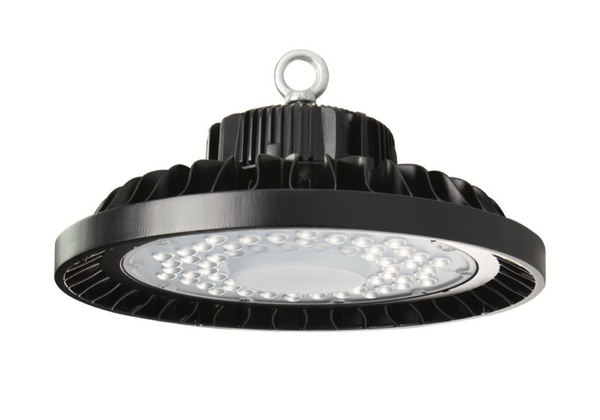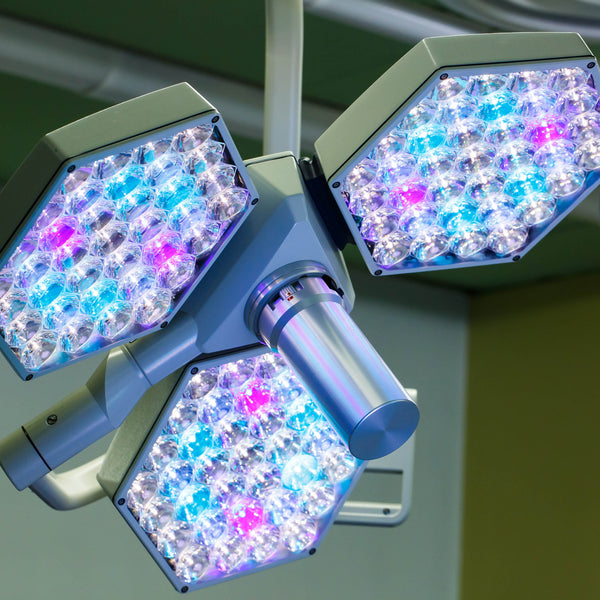Any Bollard Design is Possible With 3D Printers

July 21, 2017
Product development is an exciting process of discovery. Investing in new products shows a company is committed to improving its offerings to best suit the needs of its customers.
But, product development can also be a long process. It takes time to learn what works—and what doesn't. Rapid prototyping is a useful tool for expediting the design of metal products.
Why prototype?
Prototyping is an essential stage in product manufacturing, bridging the gap (often quite a significant gap) between theoretical design and the final working product. It gives product designers the opportunity to work with, and learn from, real-world models. It allows them to test and try new ideas, all with the goal of improving and refining toward a final product.
There are different aspects to explore when designing a new product. Sometimes, not all functions need to be measured and tested at the same time. There are also different types of prototypes that can be produced. Some prototypes are produced solely to examine size and appearance. Others can be designed to test specific characteristics for function and fit.
What you need to know about rapid prototyping
When compared to the final product, prototypes typically compromise some aspect of function and cost. Many production techniques require unique custom tooling. Most casting methods in particular require the use of a pattern and/or die, which can be expensive—and justifiable only when large-scale production will generate returns on investment.
New product design takes into account both appearance and functionality
When making prototypes, designers typically substitute different materials or processes than what will be used in the final product. Lesser-quality materials are cheaper, and they still allow designers to make informed decisions. Other processes, such as 3D printing, may be slower or less efficient—and may be more expensive at the per-unit level—but they are more adaptable to changes.
Many prototypes are also produced at smaller scales and/or with less detail than the final product. While they represent only a portion or aspect of the final design, they can still be valuable in making decisions early in the design phase—rather than later when it becomes more costly to refine.
When working with prototypes, it's important to understand the limitations of the material and design. In some situations, it's possible that a prototype will perform better than the final product, but this often isn't the case.
Rapid prototyping with 3D printers
Rapid prototyping is a form of prototyping that uses additive manufacturing technologies such as 3D printing. It starts with computer-aided designs, or CAD models, which are used to quickly produce a part or product. Solid 3D graphic models are typically sliced into many minute horizontal layers to be printed one at a time.
3D printing has been around in various forms since the 70s and 80s, but only recently has it evolved to be useful at a commercial scale. And, while there are limitations, the technology is evolving rapidly. The most advanced 3D printers can print multiple materials with varying properties and colors. Direct metal laser sintering (DMLS) printers can even print metal products with mechanical properties similar to cast metal products.
Size constraints and the surface quality of 3D printed prototypes have improved greatly over the years as well, making them especially useful for designers as they iterate through initial development phases.
Rapid prototyping at Reliance Foundry
New product design takes into account both appearance and functionality. At Reliance Foundry, we use 3D printing to prototype new designs and to test functional applications for cast parts—including many of our decorative bollards. Seeing a part and interacting with it in the real world refines the design process, helping identify issues—and solutions—early.
3D printing in metal casting
There is no doubt that 3D printing is an exciting industry with new developments announced almost every day. But, it's unlikely to replace traditional forms of manufacturing any time soon. Instead, we're seeing how 3D printing can complement existing technologies.
Metal casting equipment and techniques have been improved through centuries of learning and development. Its traditions encompass a range of metallurgical facets, including melting properties, molecular phase structures, cooling profiles, mold design, heat treatment and machining—all practiced to meet the needs of very specific applications. In other words, the scope of this knowledge won't be made obsolete overnight.
3D printing and investment casting
Investment casting is a versatile process ideal for high-volume production—especially for complex designs and where surface quality is important. With investment casting, a die is usually made to produce wax patterns, which are then coated to form ceramic molds. Wax patterns are easily melted away, leaving mold cavities ready for molten metal.
Dies can be expensive to produce, however, which can significantly increase unit costs early in the design phase. What many manufacturers are doing is printing wax patterns for prototypes—eliminating the need for custom dies. Designers can review their part and work toward a final version before committing to more expensive tooling for long-run production. Printing patterns is also more economical for short runs and one-shot productions.
3D printing and sand casting
Sand casting is the most widely used casting method in North America. A solid pattern—typically made from plastic, wood or metal—is used to create a sand mold that can be dismantled and reformed. Using 3D printers, patterns can be printed in a range of materials with excellent surface detail—offering a valuable alternative to hiring a pattern-maker.
Certain types of printers are also designed to print 3D sand molds that molten metal can be poured into directly. Molds can be printed as a single piece, or multiple pieces can be printed to fit together for larger products. Printed sand molds are also ideal for small-batch or one-shot production.
The best of both worlds
Foundries have been a nexus for many manufacturing methods—and are still used to bring customers the best possible products. As technologies continue to evolve, so too will the industry as a whole.
Article Source: http://www.reliance-foundry.com


